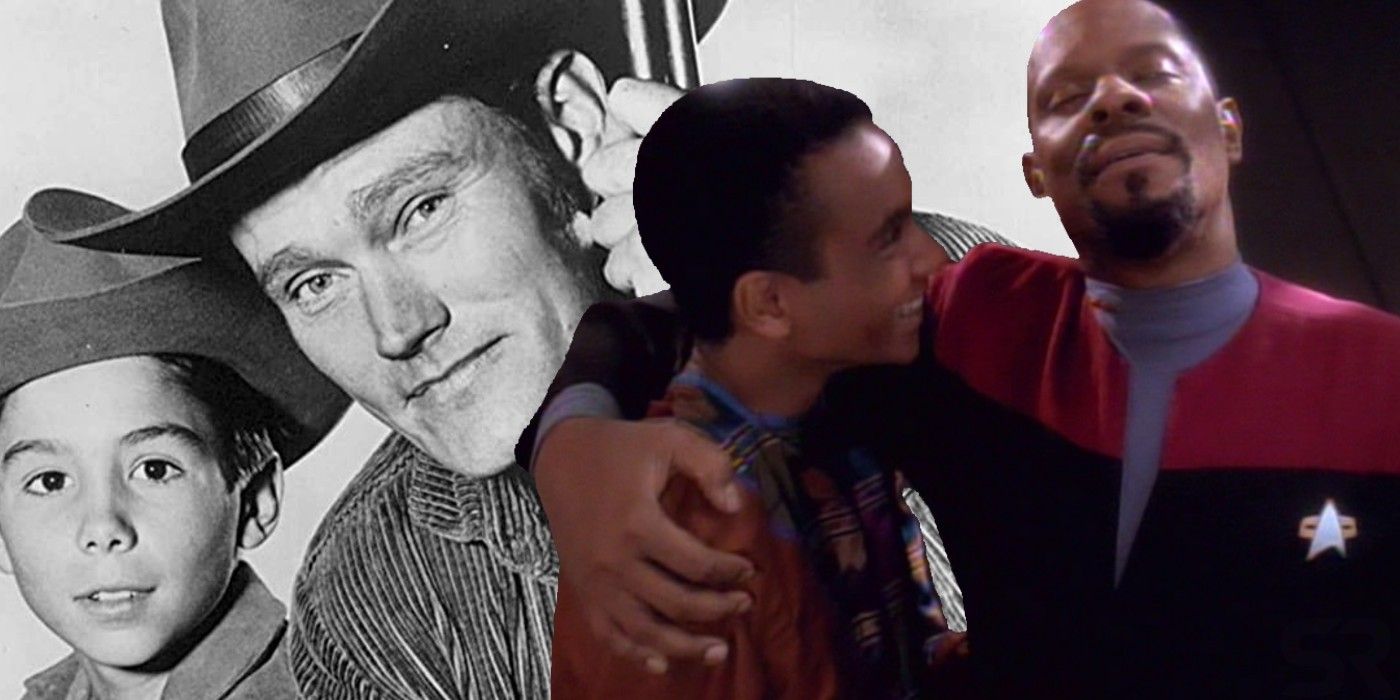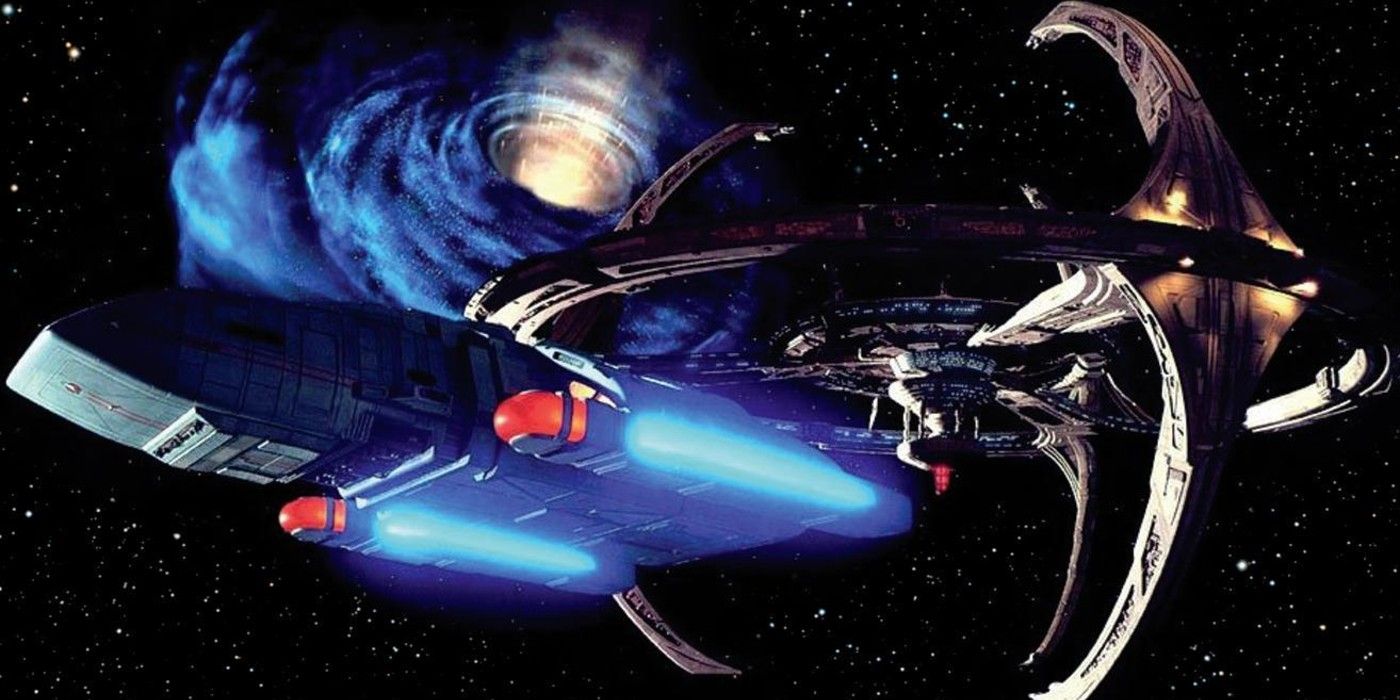Star Trek: Deep Space Nine was supposed to be more like the classic TV Western The Rifleman, an idea that never got off the ground but did end up lending a few key plot elements to the show. Deep Space Nine, which ran from 1993 to 1999, dealt mainly with the expansion of several story ideas that had been explored on Star Trek: The Next Generation, namely the Cardassian/Bajoran and Starfleet/Maquis conflicts. The show's space station setting and slightly darker themes set it apart from the rest of the Star Trek franchise, but also garnered it a large and fiercely loyal fanbase.
The Rifleman, by contrast, was a television Western that ran from 1958 to 1963. The plot revolved around a father and son duo, Lucas and Mark McCain, who were left on their own after the death of Lucas's wife and Mark's mother. The two moved to the fictional town of North Fork, New Mexico where McCain bought an old ranch. The name of the series is a reference to the fact that Lucas almost exclusively used the Winchester Model 1992 rifle, which he demonstrated shooting during the opening credits of each episode. The Rifleman is considered a classic and also the first primetime television show focused on a single parent.
In terms of how The Rifleman relates to Star Trek: Deep Space Nine, Star Trek executive producer Rick Berman spoke about the creation of the show and some of the initial ideas for it in an extensive interview in 2006. When asked about Deep Space Nine's initial premise, Berman said that Brandon Tartikoff, an executive at Paramount studios, originally pitched the idea of doing "The Rifleman in space" as a good premise for the new show. Berman did not make it clear in the interview why the idea was ultimately not pursued very far, although he did say that he discussed it with his co-creator, Michael Piller, and neither of them was particularly enthused by it. Instead, as previously discussed, Berman and Piller decided to expand on the storylines that Star Trek: The Next Generation was setting up, and also add a whole new region of the galaxy to explore through the introduction of the Gamma Quadrant wormhole in Deep Space Nine's pilot episode.
Although Star Trek: Deep Space Nine never actually became the franchise's first Western, elements of Tartikoff's idea are still present in the series. The biggest one is the focus on the relationship between Commander Benjamin Sisko and his son, Jake Sisko, especially in the early seasons. In a lot of ways, Benjamin and Jake Sisko are very similar to Lucas and Mark McCain: both are father and son duos who have lost the third member of their family and who subsequently move to "the frontier" to begin a new life. Additionally, because of the show's setting and premise, some of the lawless quality of a classic Western is present in the first season, especially in the pilot episode when Commander Sisko is just getting to know his new command.
It is certainly interesting to imagine what Deep Space Nine might have looked like if the show had incorporated more classic Western themes. Of course, if the show had leaned harder into that idea, many of the stories that fans came to love, such as the plotline about the Dominion War or the extensive world-building around the Cardassians, might never have happened. Ultimately, Star Trek: Deep Space Nine is popular because of what it became, not because of what inspired it.


